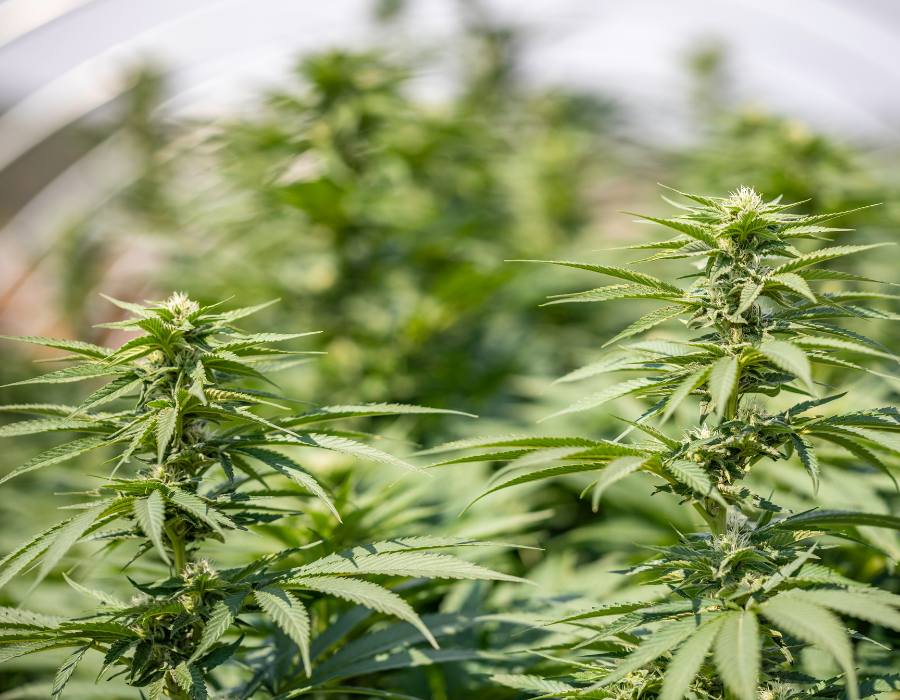Cannabis cultivation has evolved for centuries as civilization continues to uncover the beneficial attributes of this remarkable plant. Ancient tribes and cultures grew cannabis for a wide range of purposes including food, fibre, textiles, and medicinal benefits. Modern discoveries, however, have elevated awareness from cannabis connoisseurs eager to learn more about the intricate nature of the plant.
Coupled with advancements in science and technology, cannabis breeders are delving into defining specific traits with positive characteristics of unique strains. While interest has mainly focused on photoperiod plants, many breeders have recently turned their attention to developing new autoflower seed varieties.
What are the Differences Between Autoflowering VS Photoperiod Strains?
Light VS Time
Photoperiod cannabis strains have historically been the sole focus for most cultivators concentrating on efforts to produce big and beautiful plants. These types of cannabis plants grow through different life stages depending upon the amount of light available. Outdoor grown photosensitive plants are directed by hours of light from the sun to develop throughout their life cycle.
Indoor growers can change light cycles to initiate the transformation between vegetative growth to flowering mode. Typically, in the vegetative stage, lights are left on for 18 hours each day. This cycle promotes photosynthesis transferring energy into leaf and stem production.
By switching the light schedule to 12 hours on and 12 hours off in the grow room, this signals to the photoperiod cannabis plant that it is time to begin reproduction. The decrease in light hours sends the energy from leaf and branch growth to bud formation and flower development.
Autoflowering growth cycles, on the other hand, are not dependent upon light whatsoever. Instead, their ruderalis genetic makeup guides the growth cycles of a plant by a certain amount of time. Whereas photosensitive cultivars need several months to progress through their life cycle, autoflowering cannabis strains develop within a few weeks.
Size and Yield
Due to longer growth times, photoperiod seeds produce plants that can become quite large, ensuring a high yield of delectable buds. Autoflowering plants are relatively small in comparison due to their limited growth timeline. Seven to twelve weeks of development from germination severely reduces their ability to produce heavily.
However, newly refined genetics have created some impressive autoflowering strains, which, when properly trained, can produce favourable yields with high THC and CBD levels. As cannabis breeders continue to explore new possibilities, the popularity of autoflowering strains continues to grow rapidly.
The bottom line, of course, is yield. It is hard to compare a marijuana plant that will produce maybe an ounce or two with one that delivers several pounds. Photoperiod strains are notorious for their high yields if grown properly. Unlike the same varieties crossed with cannabis ruderalis, which only produce a fraction of the harvest, it is not hard to determine which type of plant is more lucrative for a grower.
